Impact of Period Poverty in the U.S.
Say no to the tampon tax
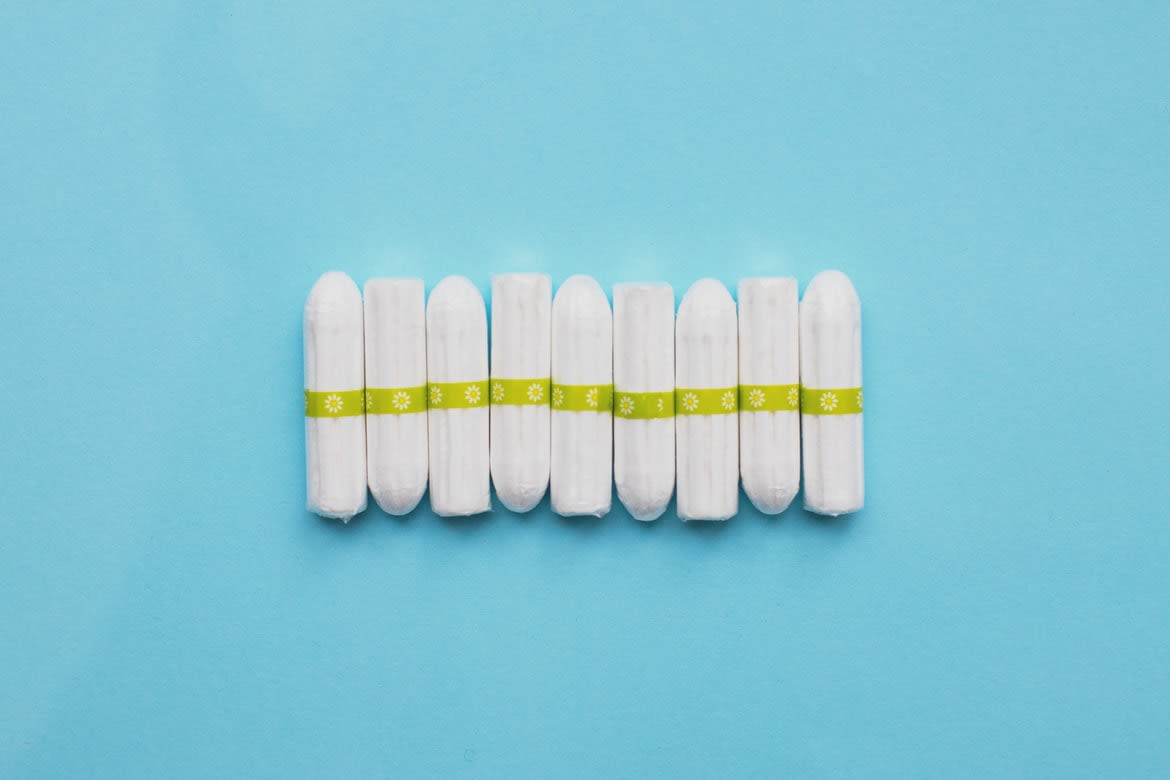
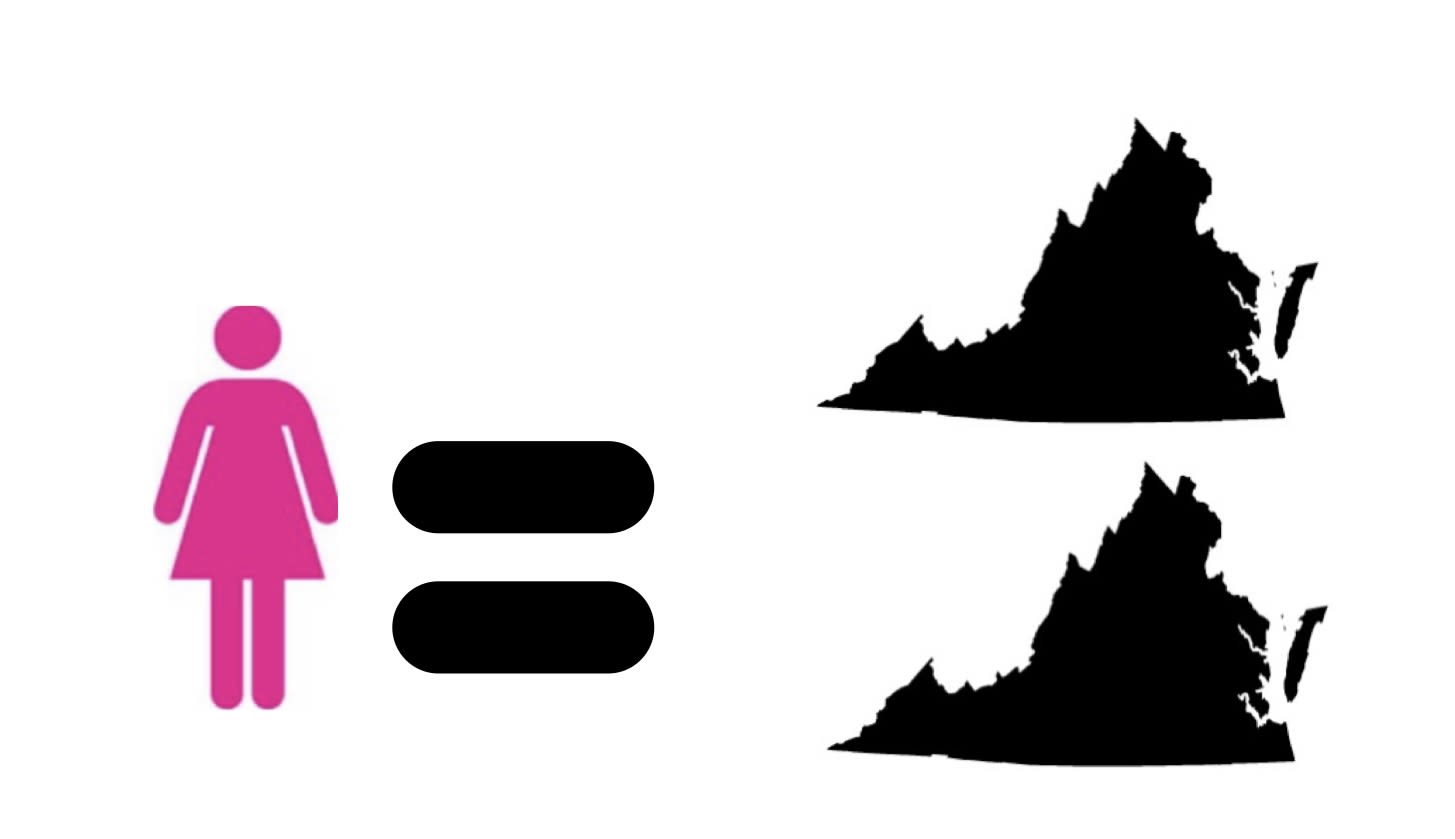
The people who live in period poverty in the US are equal to two aggregate populations of Virginia.
The people who live in period poverty in the US are equal to two aggregate populations of Virginia.
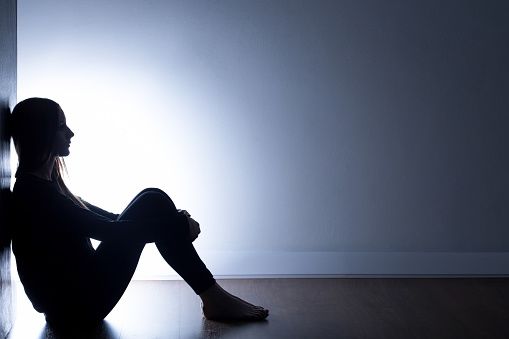
A neglected public health problem in the US
“Period Poverty” has long been a neglected public health problem in the US. The definition of the period poverty is a lack of access to menstrual products, education, hygiene facilities, waste management, or a combination of these. (MediLexicon International) It affects an estimated 500 million people around the world.
You might think that period poverty can only happen in low-income countries. However, the brutal reality is that there are approximately 16.9 million females who are suffering from period poverty, which is around 11.2% of the entire female population in the US, or two whole Virginia populations.
Although 11.2% might seem to be a small chunk of the population, what is behind this number is 16.9 million female individuals who are experiencing unimaginable pain in their daily life. According to Duquesne University's research, the average menstrual cycle for women is 40 years. In other words, the women who are having trouble getting female hygiene products need to struggle half of their life for the period poverty, which also leads to trauma both physically and mentally.
People are suffering both Physically and Mentally
Let’s take a closer look at the elephant in the room. According to a survey conducted on teenage girls who are currently suffering period poverty in the US in 2021, those who are suffering from period poverty are experiencing the following dilemma in life: - Wear period products longer than recommended - Choose to buy period products over other essential things (food or cloth) - Struggle to afford period products.
What’s worse is that period poverty is not only affecting their personal hygiene but also their mental health. According to the graph below, those who are in period poverty are also suffering mental stress including period shame, especially self-conscious of the period, don’t want to be at school, etc.
The Impact of Tampon Tax
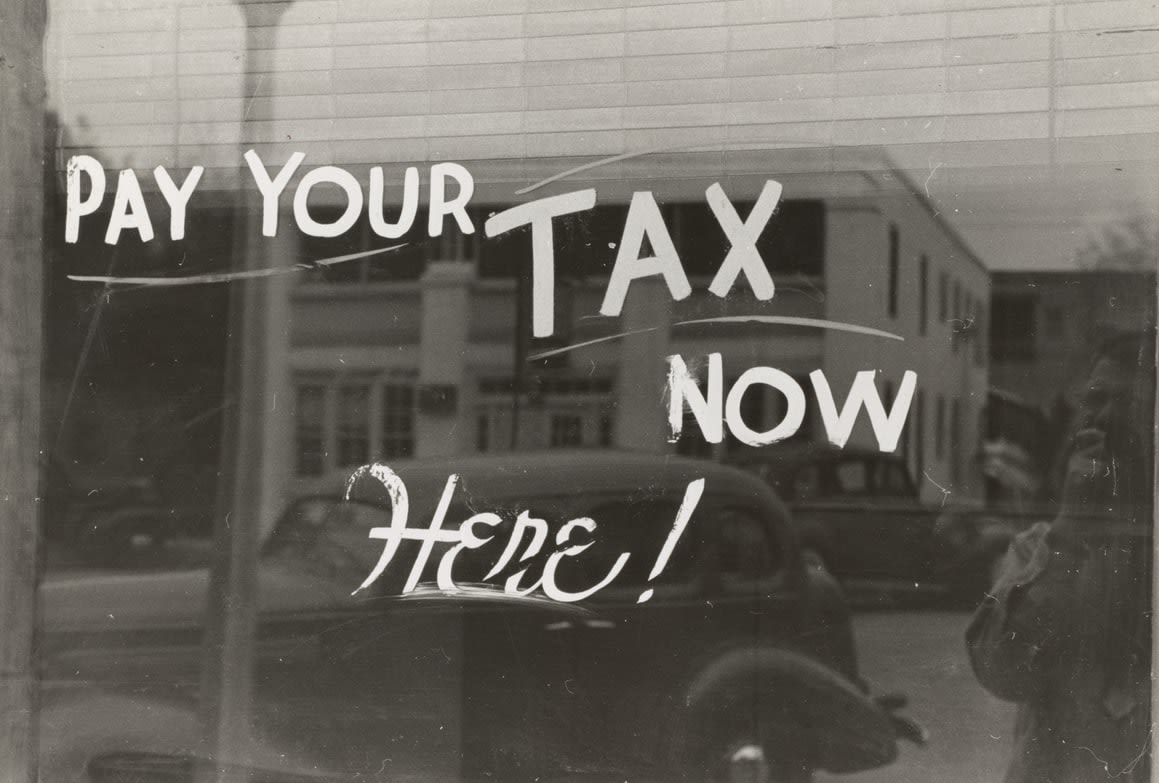
Tampon Tax is unreasonable high in the US
The reason why period poverty is happening is due to the unreasonable tampon tax tampon price. The tampon tax can bring huge financial benefits for many states. Especially since those products could never be substituted. From the below chart we can see that, some of the states still imposed the tampon tax. In Texas, the tax revenue of female hygiene products is reached 24,898,771 USD, compared to the reality that 17% of females and girls live the poverty in Texas.
Texas taxed menstrual products up to 8.25%, which implies that tampons, pads, and other menstrual products are luxury. (End tampon tax Texas)
The good news is, in recognizing the problems, many states have started making changes. NY canceled the tampon tax in 2020, followed by many other states. However, there are still long way to go without the mandatory law and the lack of the awareness of period poverty issues.
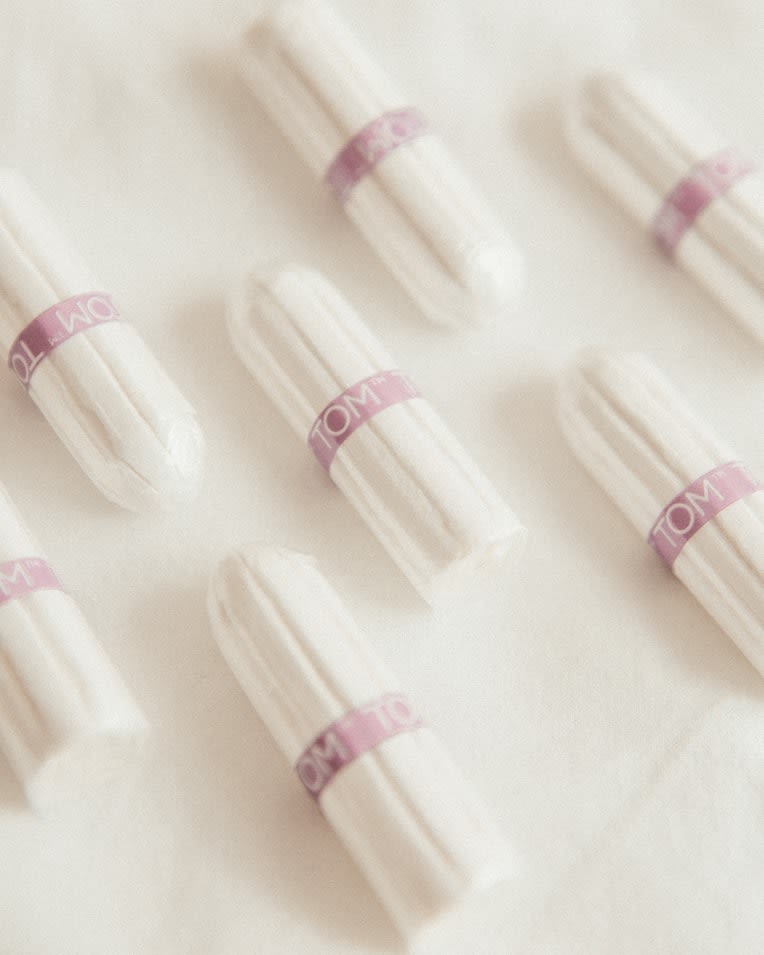
What Can We Do?
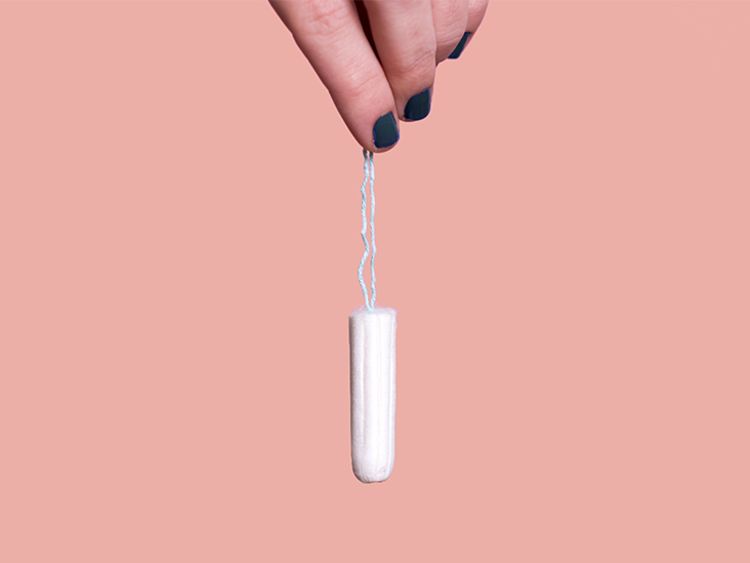
Join The Tax-Free Period Movement
First, we should aware of this serious public health problem and let the federal government impose the mandatory law to lower or eliminate the unreasonable high tampon tax. You can also join the Tax-Free Period Movement through the link below, and learn more about why Tampon Tax should not be imposed.
Help People In Need.
Secondly, we should take care of the people who are suffering the period poverty, especially teenage girls. Let the school provide free female hygiene products and menstrual education will be a good start. You can also donate the female hygiene products to the women who are currently seeking help.
Switch to Sustainable Substitutes
For those who are living in the states where maternity products are highly taxed, there are also many sustainable substitutes available that can significantly reduce the cost of female hygiene products.
Sustainable substitutes have a higher unit price than traditional female hygiene products for sure. However, period cups are durable and can last for 6 months to 10 years with proper care. If we calculate the yearly cost of the female hygiene products, period cups only cost $20 yearly, the tampon/pads will cost almost $100 dollar yearly.
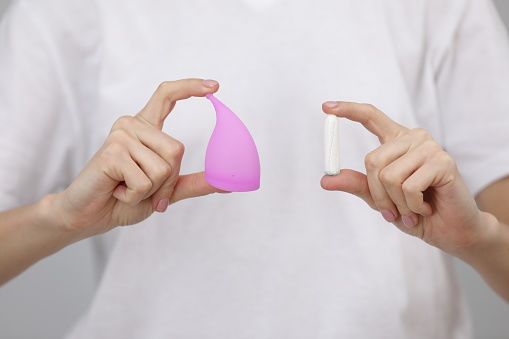
Citation
MediLexicon International. (n.d.). What is period poverty? Medical News Today. Retrieved March 2, 2022, from https://www.medicalnewstoday.com/articles/period-poverty#statistics
The Ultimate Guide to Feminine Hygiene. Duquesne University School of Nursing. (2019, December 3). Retrieved March 2, 2022, from https://onlinenursing.duq.edu/master-science-nursing/the-ultimate-guide-to-feminine-hygiene/
End tampon tax texas #freetheperiod. Action Network. (n.d.). Retrieved March 2, 2022, from https://actionnetwork.org/petitions/end-tampon-tax-texas-freetheperiod/#:~:text=Every%20year%2C%20Texan%20menstruators%20are,hygiene%20is%20unnecessary%20%2D%20a%20luxury.
